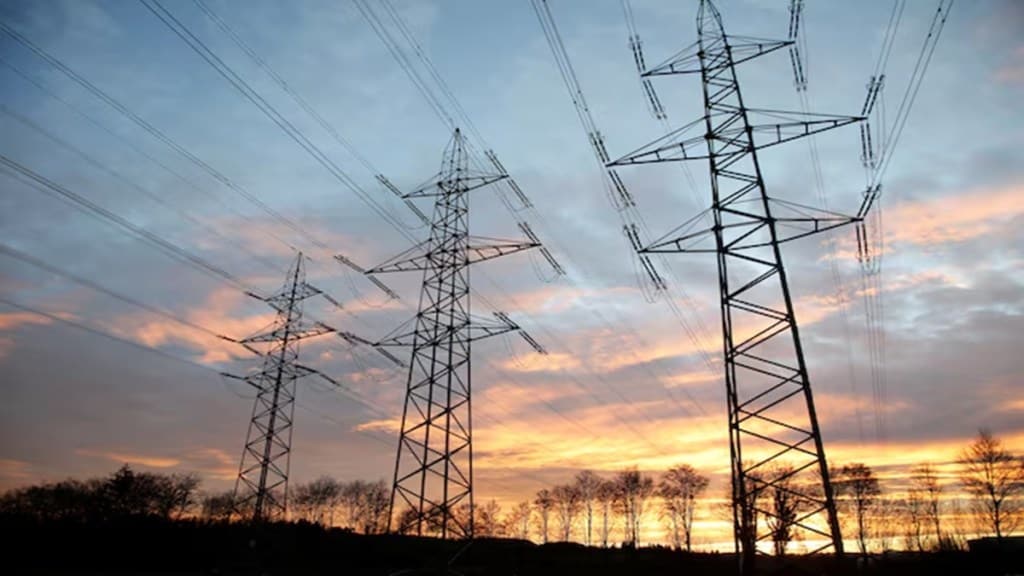By Somit Dasgupta, Senior visiting fellow, ICRIER
In a landmark judgment delivered on August 6, the apex court has ordered clear-cut guidelines on the creation and amortisation of regulatory assets (RAs). What are RAs? When an electricity distribution company (discom) is unable to meet its full liabilities, which could be on account of various reasons, the electricity commission allows it to borrow the deficit amount from the market and the cost of this borrowing is included as one of the components while calculating the retail tariff.
Most of the times, the discoms are unable to finance their own expenditure because the retail tariff determined by the regulatory commissions are lower than what it should be. Keeping tariffs artificially low and allowing RAs to be created is something that is preferred by the government and of course the consumers, since no one appreciates a tariff hike. The discoms, however, are the losers, because by resorting to borrowing, their balance sheet loses its sheen and there are problems of cash flow.
The term RA is thus a misnomer, as it is no asset in the real sense of the term, but actually a liability which every discom dreads. Artificially low tariffs are not the only reason why a discom cannot fund its activities. There are other reasons as well. For example, government departments not paying their electricity dues, the government withholding the subsidy it had promised to reimburse the discoms for offering a lower tariff to a certain class of consumers, tariff petitions not being filed at all or being filed late, etc.
Regulatory commissions are expected to finalise the retail tariffs in a way that they can be effective from April 1 every year. For the 2026-27 tariffs, the discoms will file their petitions by September/October 2025, and the regulatory commission will take 120 days to decide. Tariffs are based on the projected revenue and expenditure. The regulator will estimate the
likely expenditure for running the distribution business during 2026-27 and the likely revenue. It has been observed that to keep tariffs artificially low, there is a tendency to underestimate the projected expenditure and overestimate the revenue. The reality turns out to be the exact opposite, and the discoms find that they are not able to balance their budgets. The regulator then allows the discom to borrow in the market, creating the RAs.
RAs are plaguing discoms in a few states such as Tamil Nadu (Rs 89,000 crore), Rajasthan (Rs 47,000 crore), Delhi (Rs 27,000 crore), Kerala (Rs 7,100 crore), and Chhattisgarh (Rs 2,900 crore). The figures in brackets provide the quantum of the RAs. At the national level, the total quantum of RAs is about Rs 1.7 lakh crore. The Supreme Court has said that all the existing RAs should be amortised within a period of four years beginning from 2024 (which means that only three years are left); and that new RAs, if created, should be amortised within three years.
In addition, the apex court has directed that the Appellate Tribunal for Electricity will supervise the amortisation of the RAs and that the regulators will conduct an intensive audit of the discoms. Incidentally, the fact that the growth of RAs should be contained was acknowledged in the Tariff Policy 2006, where it was mentioned that RAs should be created only when necessary and that they should be amortised within three years.
Similar sentiments were reiterated in the succeeding Tariff Policy of 2016, although it raised the amortisation period to seven years and finally, detailed guidelines were issued in the Electricity (Amendment) Rules 2024. These guidelines mentioned that the tariffs should be cost-reflective and there should be no gaps between revenue and expenditure. Further, if for some reason the creation of RA is inevitable, then it should not exceed 3% of the aggregate revenue requirement fixed for the discom. Finally, all new RAs should be amortised within three years and all existing ones within seven years. These guidelines, incidentally, were also a part of the apex court’s recent order.
Coming to the amortisation of the RAs, what would be the best way to go about it?
The author would like to speak with special reference to Delhi, since it is the only affected state which has private discoms in the form of joint ventures and needs a solution somewhat different from the other states. It would not be feasible for the government to pump in equity as it would disturb the balance of equity between the joint venture partners. Providing interest-free loans or grants is out of question as it would be politically naïve.
The Delhi discoms, incidentally, owe a lot of money to the Indraprastha Power Generation Company Limited (IPGCL), which could be around `5,000 crore (not confirmed) by way of principal only. The accrued interest on this principal apparently is many times more and since IPGCL is a government company, perhaps the Government of National Capital Territory of Delhi could moot a proposal to forgo the same. This would reduce the impact of the RAs somewhat.
Alternatively, the government could consider providing a subsidy for a limited period to the extent retail tariffs to go up to amortise the RAs. This will substantially raise the outlay for the power sector for a few years and the proportion of the budget spent on power could go up from about 4% to 16% temporarily. Of course, some combination of the two suggestions would also be feasible. Whatever be the case, it is imperative to bury the ghost of RAs once and for all, and begin operations on a clean slate.


